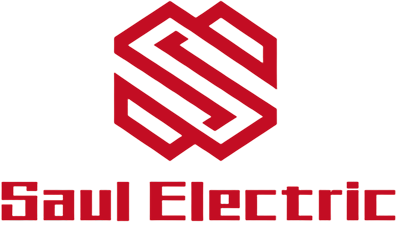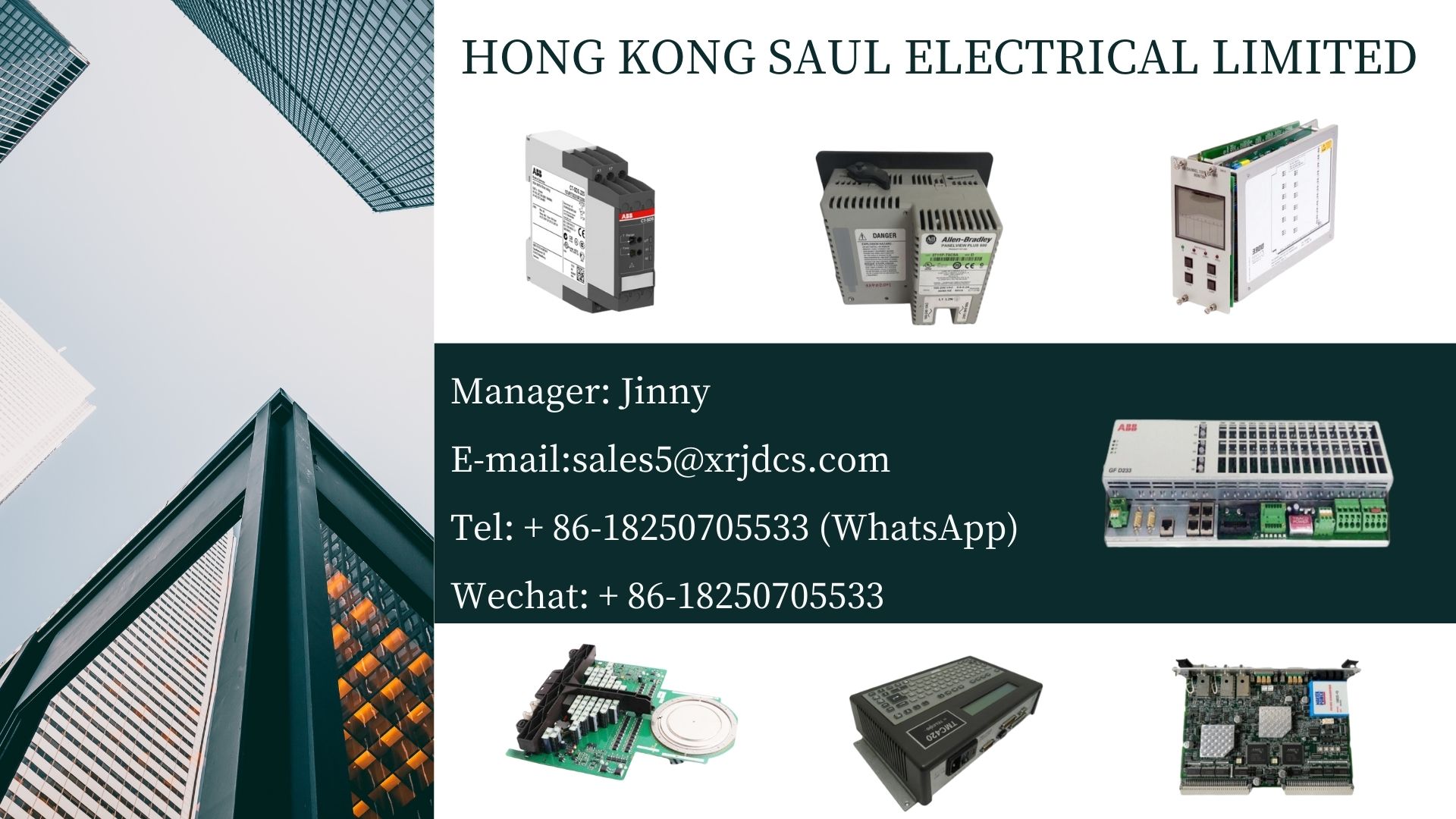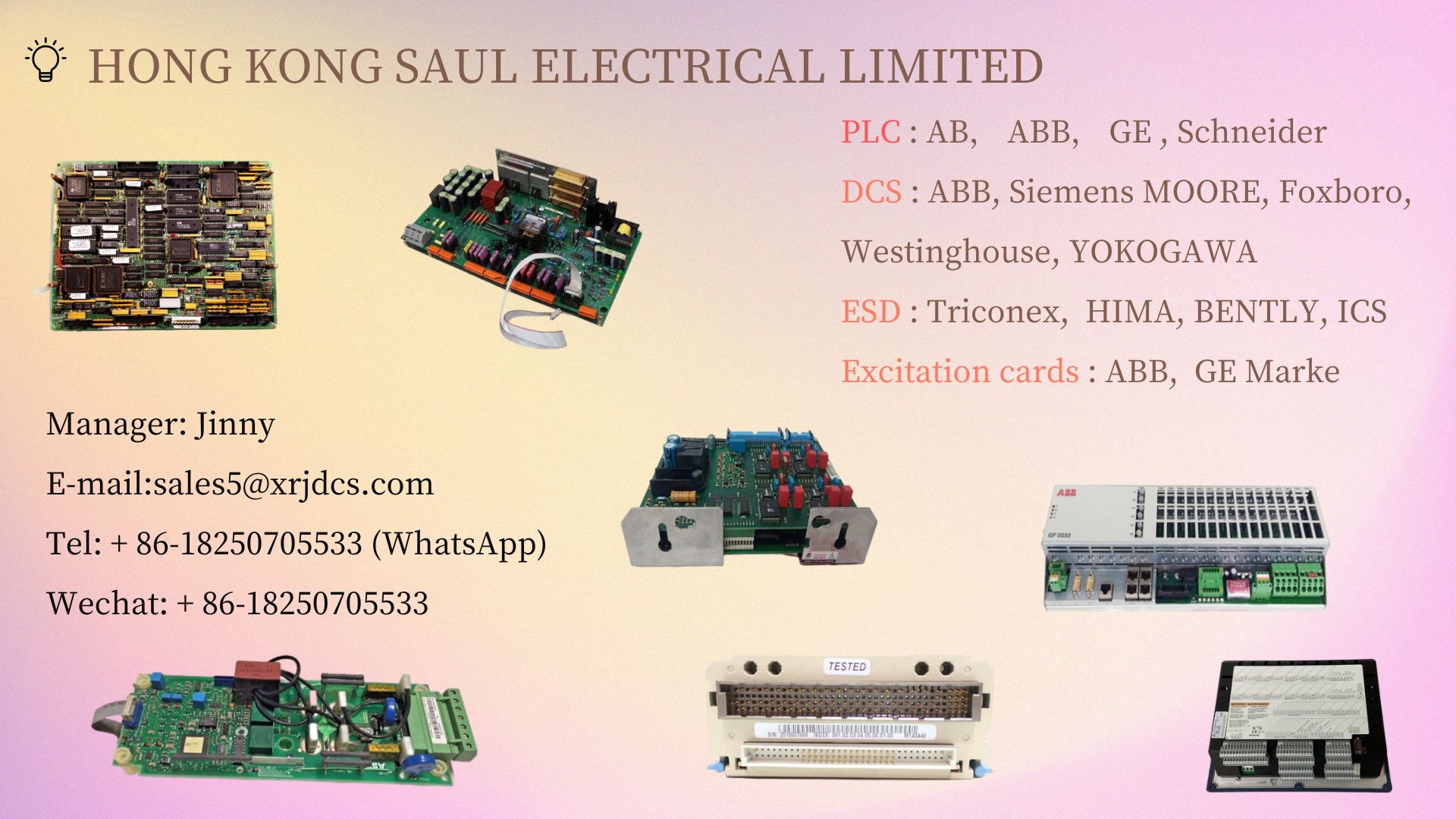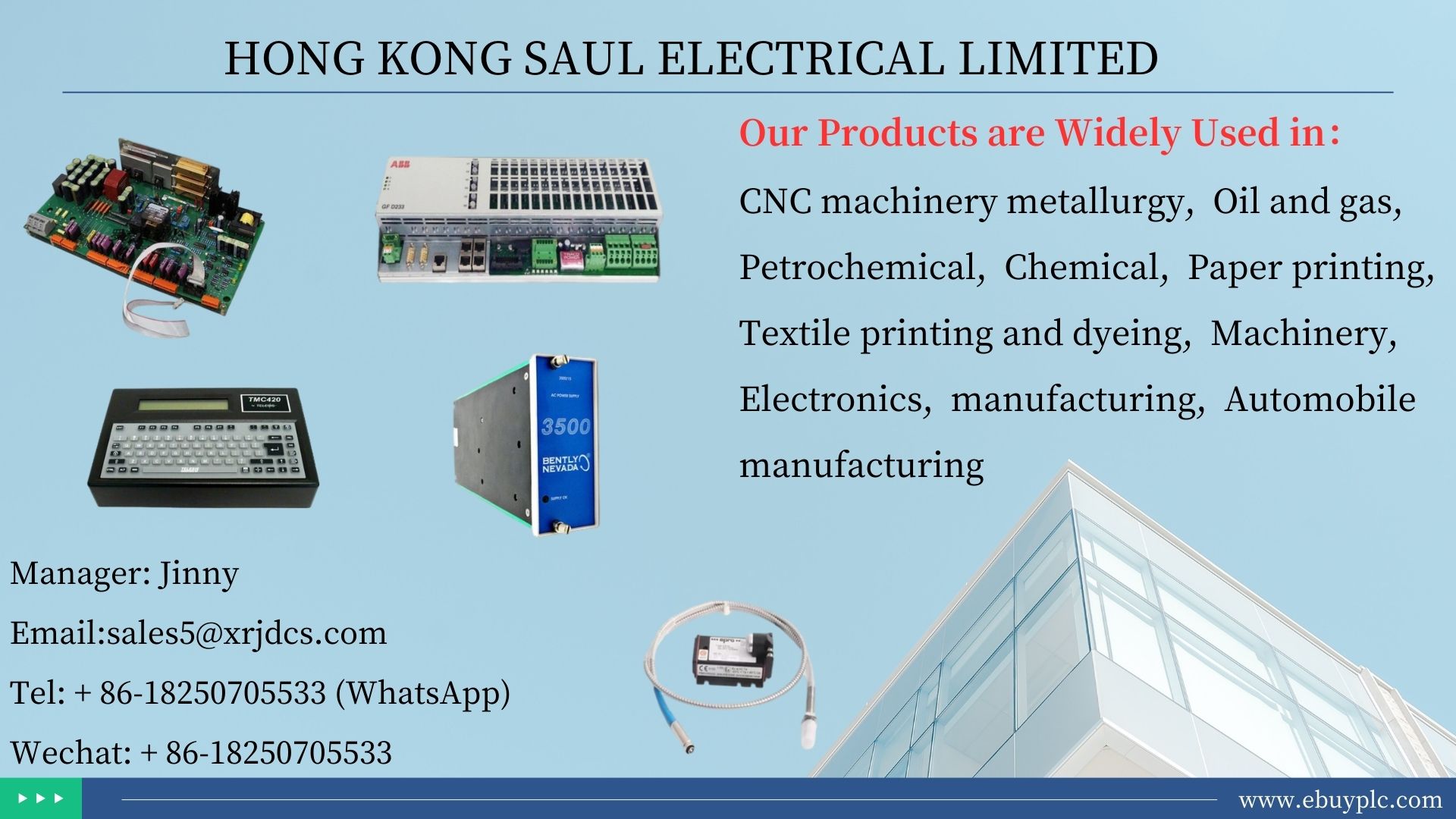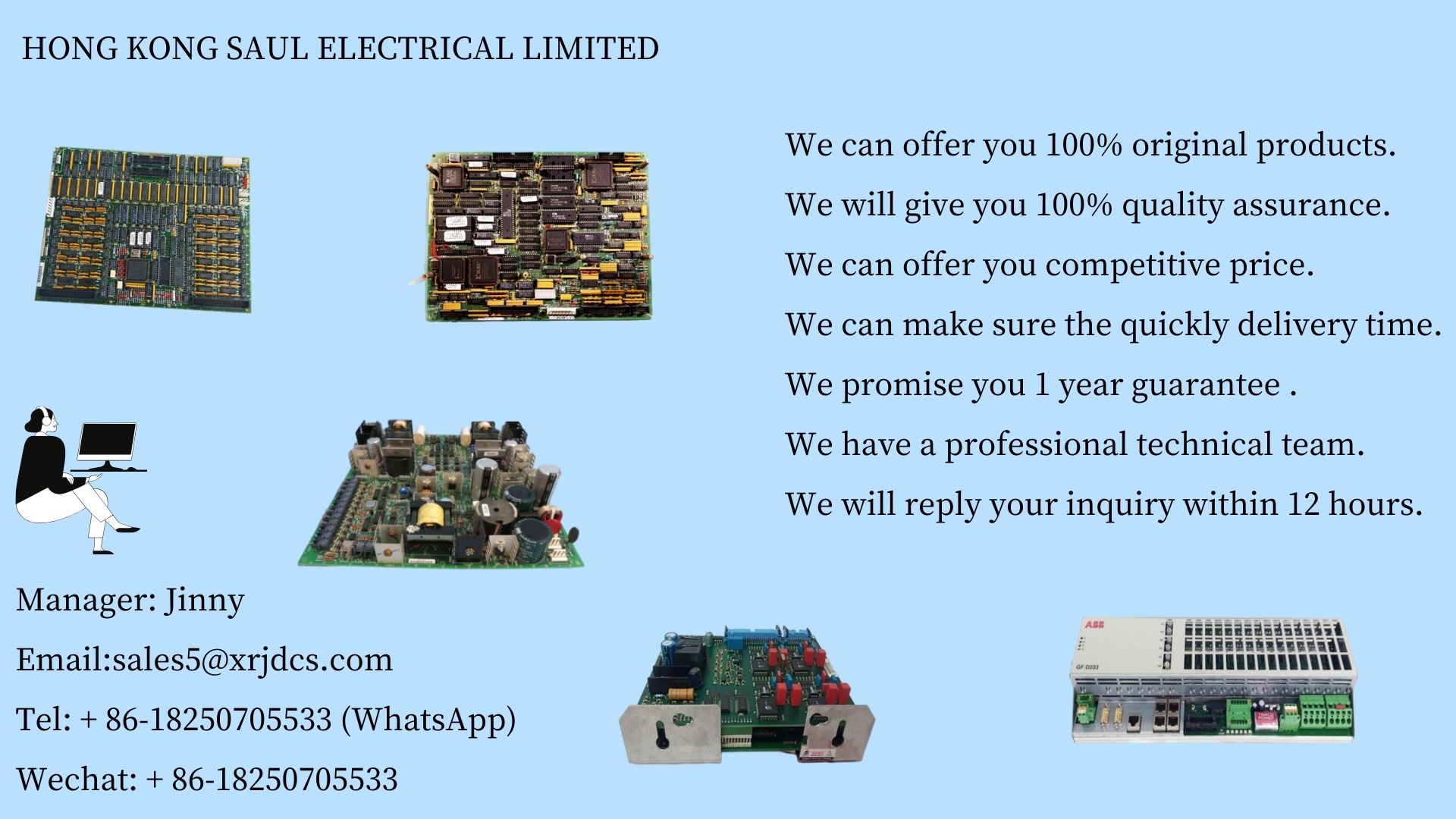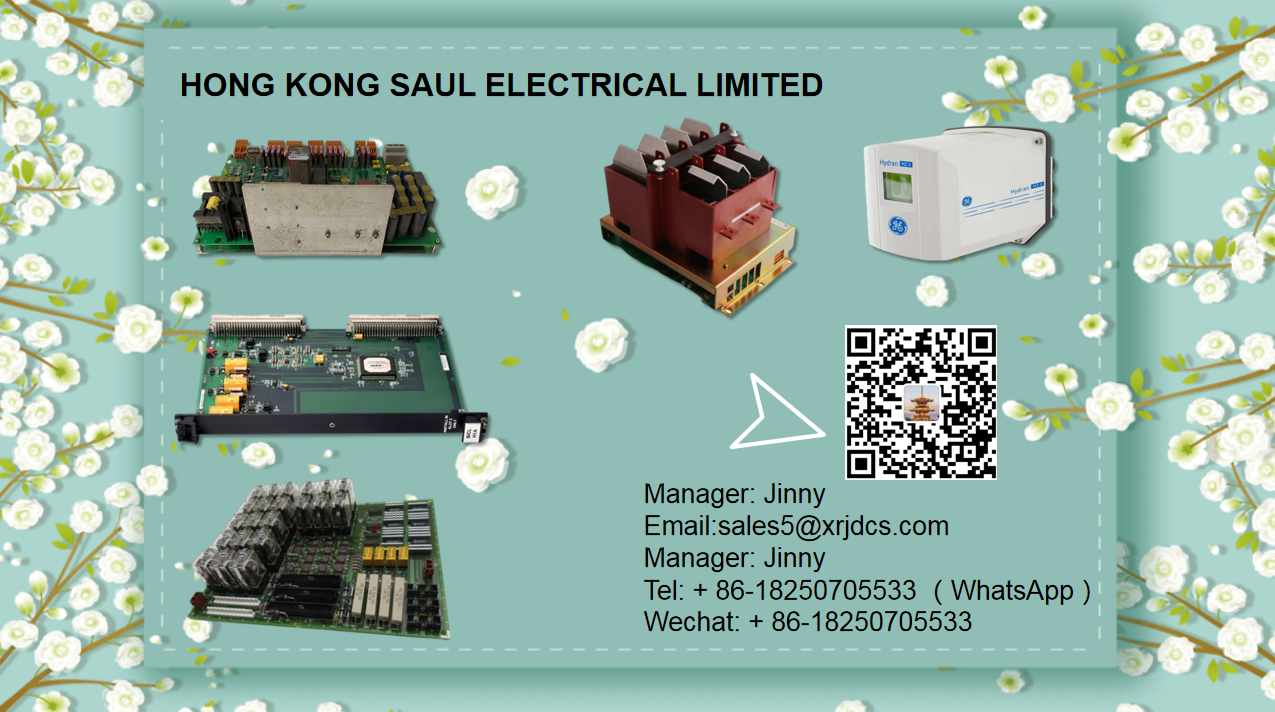What is a digital factory?
A digital factory refers to a new type of production organization that simulates, evaluates, and optimizes the entire production process based on relevant data throughout the product lifecycle in a computer virtual environment, and further extends to the entire product lifecycle.
However, a digital factory is not equivalent to full automation. The value of digital factories is not to completely replace people with automation equipment, but to help people. In addition, another important value of digital factories is to improve efficiency. Currently, Chinese manufacturing enterprises are more concerned with how to control costs and improve efficiency. By improving efficiency, production capacity can be increased without increasing labor costs.
The core elements of building a digital factory management system can be summarized as digitalization of factory equipment, digitalization of factory logistics, digitalization of design and research and development, and digitalization of production processes.
The overall architecture of a digital factory:
(1) ERP Enterprise Resource Planning System: It is the core system of enterprise informatization, managing sales, production, procurement, warehouse, cost accounting, etc; The foundation of enterprise informatization is to transform the traditional manual accounting mode of enterprises into management through systems, achieve systematic operation of internal management processes, greatly save management efficiency, and enable rapid development of enterprises. This was known as the "ERP" era at that time.
(2) PLM product lifecycle management: After implementing ERP, enterprises usually organize basic data such as material files and BOM processes through manual input and Excel upload in the early stage. This method obviously has bottlenecks. Once the enterprise has multiple products and frequent design changes, it is easy to encounter design errors, which can lead to product abnormalities and customer complaints; At this time, a system for product design process management (PLM) has been increasingly recognized by enterprises. It is mainly responsible for managing product design drawings, design length, design changes, and engineering configurations. It provides the most basic data for ERP systems, including material archives, BOM structures, and can also provide process data for MES systems.
(3) MES Manufacturing Execution System: After implementing ERP, enterprises can control the production master plan and manage the inventory of semi-finished and finished products on the production end; It is difficult to achieve the requirements of lean production management at the process level; At this point, it is necessary for the MES system to finely manage the human-machine, material, method, and environment in the production process, improve the transparency of the production process, enhance the timeliness of production exception handling, and thereby improve production efficiency.
(4) WMS Warehouse Management System: With the continuous development of enterprises, the traditional way of managing inbound and outbound accounting through ERP cannot meet the requirements of lean management, especially JIT. The concept of zero inventory management is increasingly recognized by more and more enterprises, and warehouse barcode operation is particularly important. From batch management of raw materials, semi-finished products, and finished products to single item barcode management, It is essential for enterprises to implement a WMS system to shift from batch material requisition in the production process to precise material issuance based on production needs.
